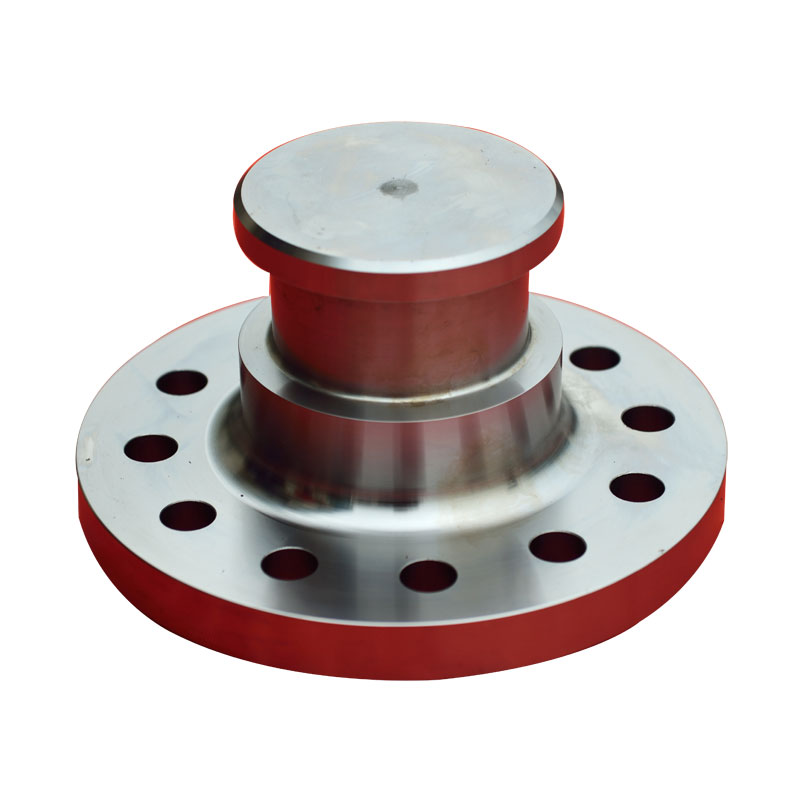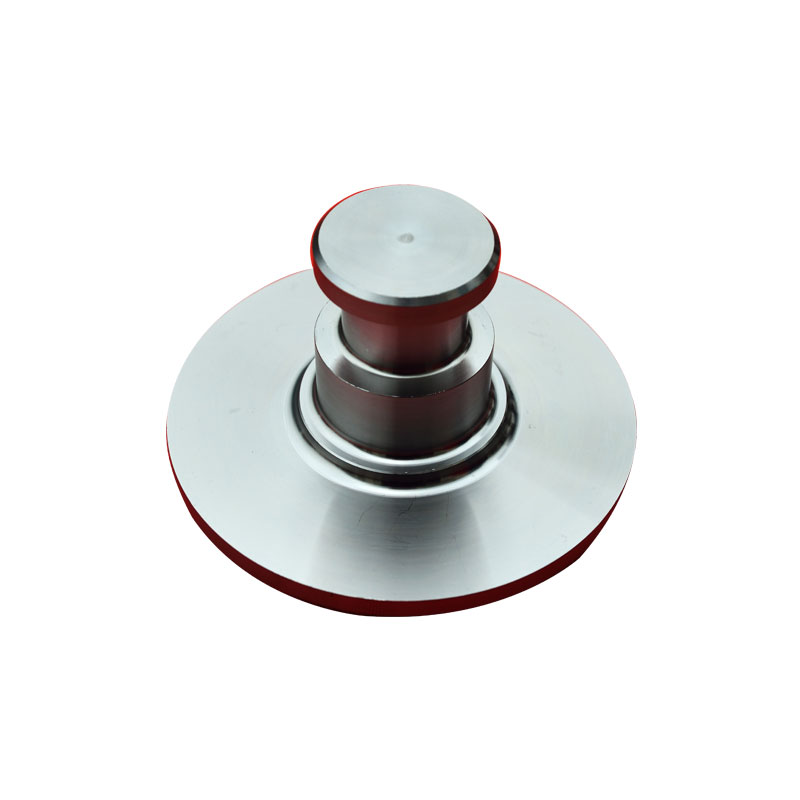Clean forgings and blanks
2022-07-04
The purpose of forging surface cleaning
1. Remove the oxide sheet and other surface defects (cracks, folds, burrs, etc.) formed in the forging process. Improve the surface quality of black forgings, or reduce the tool wear of forgings during cutting.
2. Reveal the surface defects of forgings to improve the quality of forgings
3. Provide blank with good surface quality for cold fine pressing and precision die forging.
Sometimes, in order to improve the forging accuracy, reduce die wear, to avoid iron oxide pressed into the forging, or to prevent the existing surface defects in the forging continue to expand, the raw material and intermediate blank also have to be cleaned.
Forged oxide sheet is mainly composed of FeO, Fe2O4 and Fe2O3. Its composition and main physical properties are related to the number of oxide sheet and steel grade, heating temperature, holding time and many other technological factors. The oxide sheet of high alloy steel forgings contains oxides of alloying elements at the junction of matrix metal, which is generally thinner than the oxide sheet of carbon steel, but more difficult to clean.
The cleaning methods of forgings and blanks can be divided into:
1, cold forging or cold blank cleaning: drum cleaning, shot peening (sand) cleaning, shot blasting cleaning, finishing, pickling.
2, hot blank cleaning: hanging brush cleaning, high pressure water cleaning, water discharge cleaning.
1. Remove the oxide sheet and other surface defects (cracks, folds, burrs, etc.) formed in the forging process. Improve the surface quality of black forgings, or reduce the tool wear of forgings during cutting.
2. Reveal the surface defects of forgings to improve the quality of forgings
3. Provide blank with good surface quality for cold fine pressing and precision die forging.
Sometimes, in order to improve the forging accuracy, reduce die wear, to avoid iron oxide pressed into the forging, or to prevent the existing surface defects in the forging continue to expand, the raw material and intermediate blank also have to be cleaned.
Forged oxide sheet is mainly composed of FeO, Fe2O4 and Fe2O3. Its composition and main physical properties are related to the number of oxide sheet and steel grade, heating temperature, holding time and many other technological factors. The oxide sheet of high alloy steel forgings contains oxides of alloying elements at the junction of matrix metal, which is generally thinner than the oxide sheet of carbon steel, but more difficult to clean.
The cleaning methods of forgings and blanks can be divided into:
1, cold forging or cold blank cleaning: drum cleaning, shot peening (sand) cleaning, shot blasting cleaning, finishing, pickling.
2, hot blank cleaning: hanging brush cleaning, high pressure water cleaning, water discharge cleaning.
3, local surface defects cleaning: shovel cleaning, grinding wheel cleaning, flame cleaning.
These are real pictures of forgings produced by Tongxin precision forging company:



X
We use cookies to offer you a better browsing experience, analyze site traffic and personalize content. By using this site, you agree to our use of cookies.
Privacy Policy



